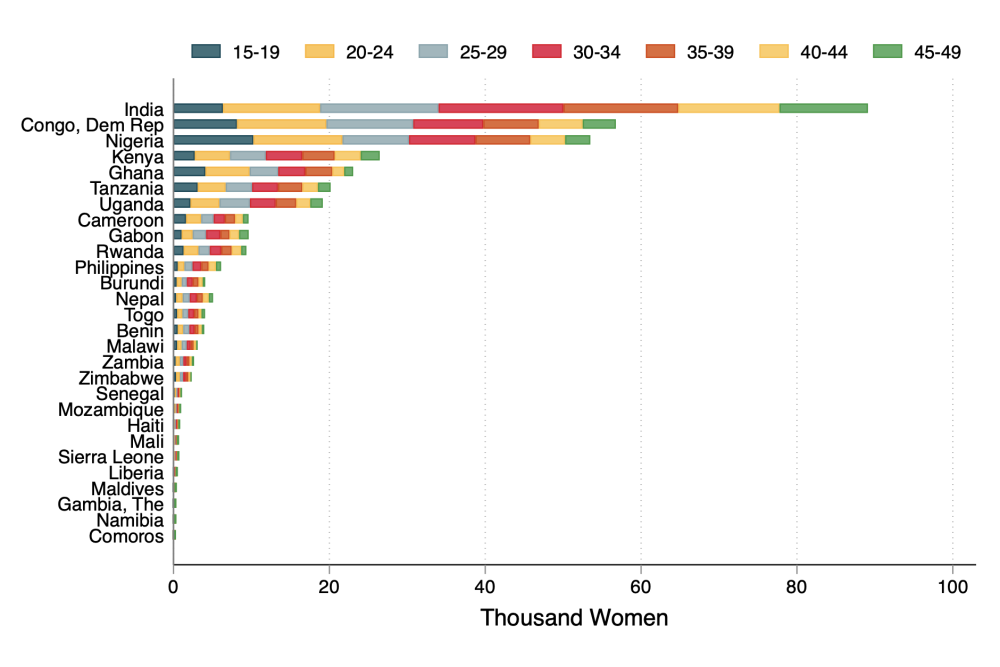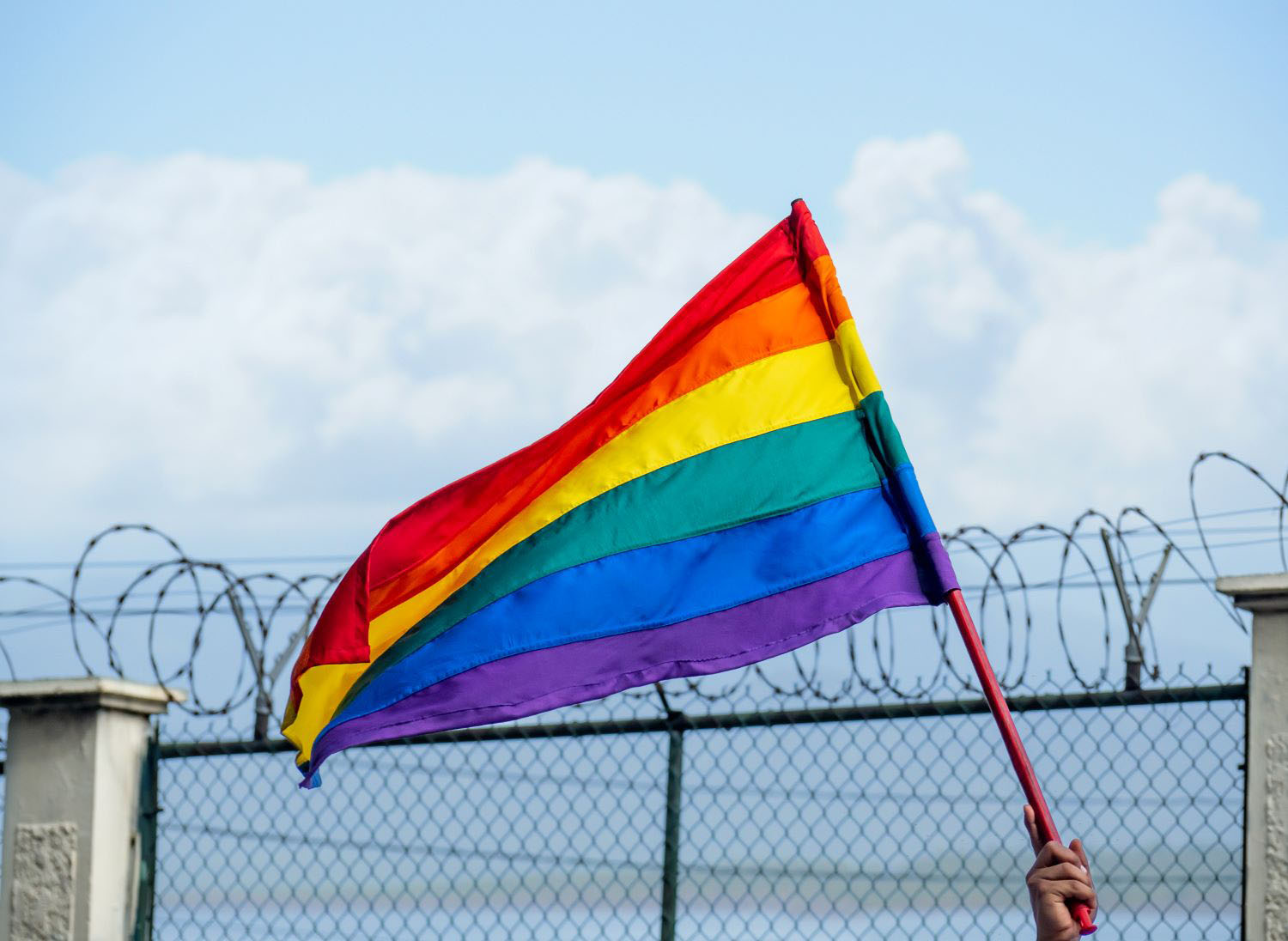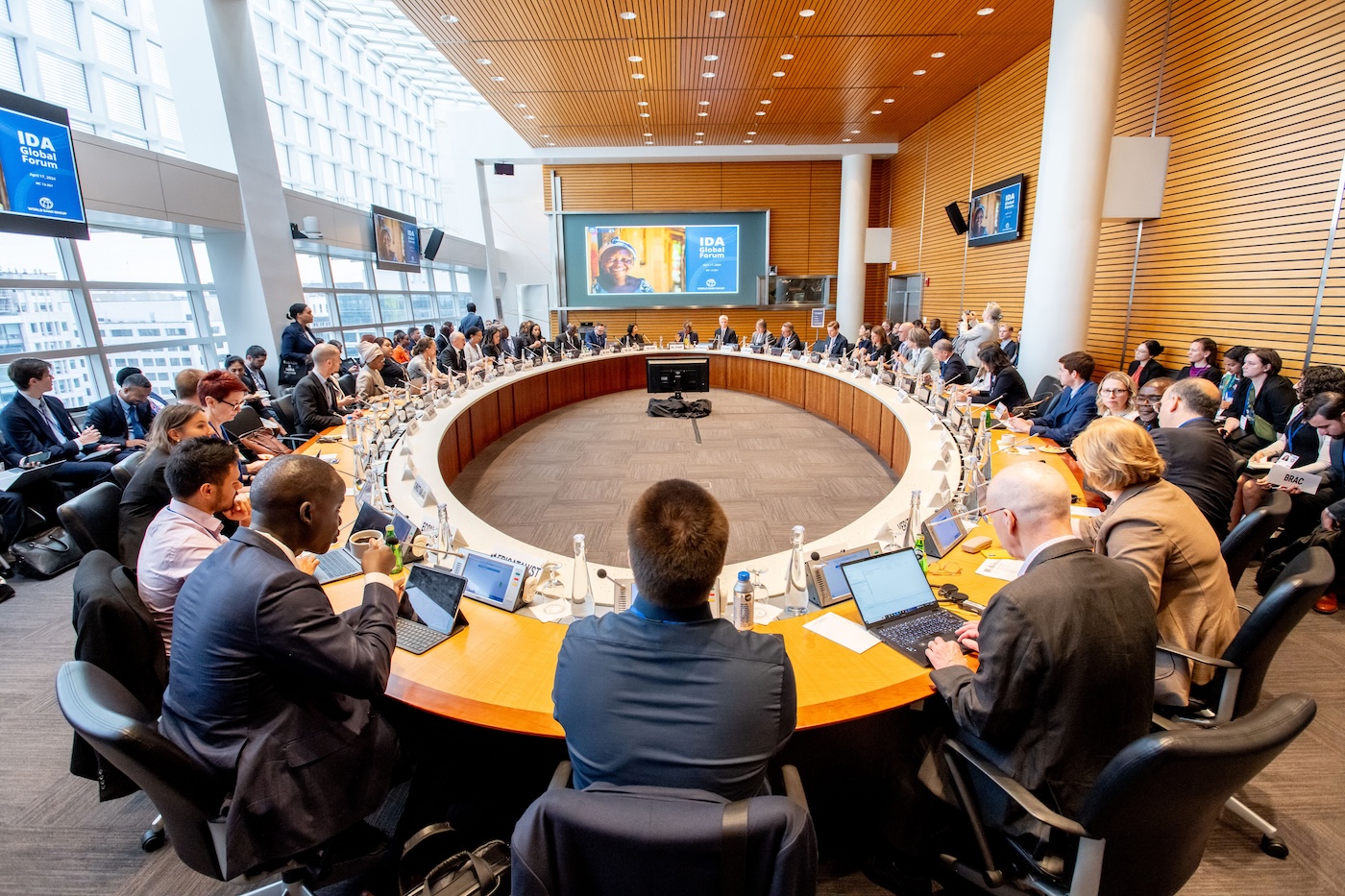Recommended
As the global education world increasingly doubles down on efforts to address the global learning crisis, it is not clear that there are sufficient efforts going into keeping girls safe at school. We know there are lots of folks working on ways to eliminate violence against girls, and the data in this blog post will not come as a surprise to them. But many people don’t realize the scope of the problem, and we’re pretty sure even those who know are still shocked whenever they see the facts. And so we think it’s important to keep sounding the alarm: it is outrageous and unacceptable that millions of girls all over the world are unsafe at school.
One challenge is the difficulty in obtaining reliable and up-to-date data about the scale and nature of the school violence crisis. “Sexual harassment” and “sexual abuse” are terms that are used interchangeably and not always consistently, with definitions ranging from bullying and verbal abuse to teacher-perpetrated rape of students. It’s also not clear where children are most at risk: school-related violence can cover children in school, around school, or on their way to school. If abuse of girls (and boys) is to be eliminated, we need to know much more about the problem.
1. Far too many teenage girls experience sexual abuse in and outside of school
Child sex abuse is a truly global scandal. Most welfare outcomes that we care about—such as health and happiness—correlate strongly with GDP. Child sex abuse does not. The Institute for Health Metrics and Evaluation provides modelled estimates for the Sustainable Development Goal’s indicator 16.2.3—the proportion of 18- to 29-year-olds who experienced sexual violence by the age of 18. Average rates are roughly the same in high-income countries and low-income countries—typically between 5 and 15 percent of the population.
Figure 1. Percent of 18- to 29-year-olds who experienced sexual violence by age 18
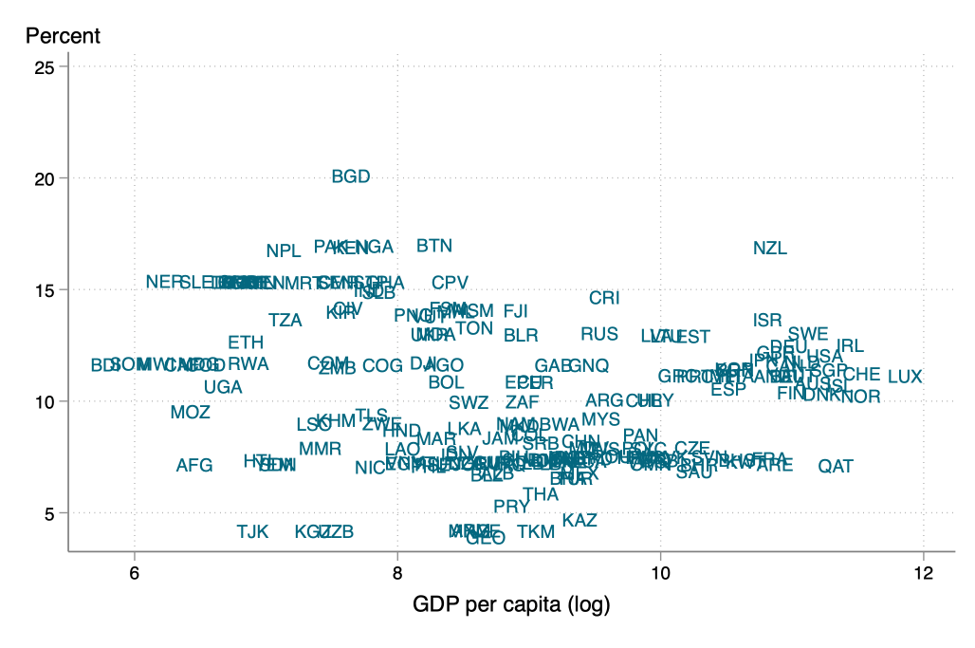
Source: authors’ analysis of IHME child sex abuse estimates and World Bank GDP data
Violence Against Children (VAC) surveys are nationally representative household surveys of children and young adults between the ages of 13 and 24. They measure the prevalence and circumstances of sexual, physical, and emotional violence against girls and boys, both in school and out of school. VACs define sexual abuse as rape; other nonconsensual sex acts; unwanted touching; and noncontact sexual abuse, for example threatened sexual violence and verbal sexual harassment.
While the data suggest that far more girls experience sexual abuse outside of school than in school, more than 1 in 20 girls are abused in school in Uganda. And across 10 countries we have data for, a total of nearly 400,000 girls reported sexual abuse in school in the last 12 months (figure 2).
Figure 2. Percentage of 13- to 17-year-old girls sexually abused in the last year

Source: authors’ analysis of VACS Surveys / CDC Survey for US.
2. Teachers are often the perpetrators of sexual harassment
PISA for Development, a set of education assessments focused on developing countries, asks students if they have experienced unwanted or inappropriate language or touching by their teachers. Country coverage is limited at the moment, but the results from the two African countries that participated are startling, for both boys and girls. One in eight boys and girls in Senegal and Zambia report having been sexually harassed by a teacher or staff member within the last four weeks.
Figure 3. Percentage of 15-year-olds reporting sexual harassment at school by a teacher or other staff member in last four weeks

Source: authors’ analysis of PISA-D data
Another important source of information on teacher-perpetrated sexual violence are the Demographic and Health Surveys. In these surveys, adult women are asked if anyone has “ever forced you in any way to have sexual intercourse or perform any other sexual acts when you did not want to?” and who the perpetrator was the first time the woman was forced. The most common perpetrators are a current or former husband or partner. But for a small percentage of women, it was a teacher. And that small percentage still translates into thousands of women—almost 90,000 women in India, and more than 50,000 in both DRC and Nigeria
Figure 4. Number of adult women who were raped by a teacher when they were in school
Source: authors’ analysis of DHS data.
3. Teachers are not always held accountable for sexual harassment and abuse of children
The challenge of dismissing underperforming teachers is a well-studied topic in global education. But surely when it comes to sexual abuse of children, the rules—and the enforcement of those rules—should be clear? Unfortunately, that does not seem to be the case.
The government of Zambia reported that 23 teachers were dismissed for sexually abusing pupils between 2014 and 2016. We don’t know how many girls are sexually abused by teachers, but the number who are sexually harassed by teachers is more than 1 in 10 in the month preceding the survey (see figure 3). One estimate of sexual abuse is from the VACS survey. One to two percent of Zambian girls—equivalent to around 8,000 girls aged 14 or 15—report some form of sexual abuse by a teacher (which is statutory rape, as the age of consent is 16). So, for each teacher that was actually dismissed, there are at least 350 underage girls who were sexually abused by a teacher—suggesting many, many teachers are not being held accountable for abuse. In Kenya, where around three million women report ever being raped by a teacher (see figure 3), an average of 57 teachers per year were deregistered for any reason in the decade from 2010 to 2019.
Some countries are making efforts to address the child abuse crisis. Senegal adopted a robust child protection strategy in 2013, which embedded child protection committees at all administrative levels, but we did not find data allowing us to examine whether this policy has reduced child abuse. And it’s not clear that this kind of commitment is widespread: for example a recent survey of teachers’ unions found that in 19 of 47 countries there was no code of conduct for teachers, which would typically include proscriptions against sexual abuse or harassment of students.
4. This is not just a developing country problem
Comparing rates of school sexual violence across countries is difficult, due to limited data coverage and surveys that are not necessarily comparable. Different surveys cover different ages of girls and women, and ask about different recall periods (the last month, last year, or ever). But it’s clear that sexual abuse of teenage girls is a global problem.
Figure 2 suggests that the share of girls who faced sexual abuse in the last year in the US is similar to that in developing countries. Over 11 percent of high school girls in the US have been raped (CDC, 2017). When asked, more than half of girls in grades 7–12 reported experiencing some form of sexual harassment in the last year (American Association of University Women 2011). Data from the UK illustrate the challenge of different definitions of sexual abuse: 29 percent of 16-to-18-year-old girls in the UK say they have ever been subjected to unwanted sexual touching at school (YouGov, 2010). Thirty-seven percent of girls aged 11 to 15 have suffered some form of sexual harassment at school (University of Warwick, 2017). Sixty-four percent of girls aged 13-21 had experienced sexual harassment or violence at school or college in the past year (Girlguiding's Girls' Attitudes Survey 2017).
This is not just a problem for girls. Boys are just as much at risk as girls from sexual harassment (figure 2). Research should seek to understand how harassment affects girls and boys differently, as well as the interventions that have the potential to eliminate harassment and abuse of all children.
5. Sexual violence in schools does not seem to be a top priority for the global education aid architecture
Given the unacceptably high rates of abuse in schools in countries where we do have reliable survey data, it is surprising that there is no target within the Sustainable Development Goals specifically focused on eliminating violence in schools. Of course, there are many competing priorities in education, and policymakers globally and domestically are regularly forced to make trade-offs. But anything else is surely secondary to ensuring that children are safe from harm while they are at school.
Despite the lack of a target in SDG4, some education donors do take school violence seriously. Education policies from the UK’s Department for International Development and the US Agency for International Development, both published in 2018, prioritise the elimination of violence in schools. On the other hand, the 2018 World Development Report on education, widely acclaimed as the state of the nation on global education; the World Bank’s 2020 education strategy (published in 2011); and the Global Partnership for Education strategy (2016-2020) barely touch on the topic.
6. We do know something about what works to prevent violence in schools
Interventions to reduce violence in schools are roughly as effective as interventions that take place outside of school—although in both cases about half of those studied did not work (figure 5). While the cost of these interventions was not published, it seems likely that school-based interventions may offer better value for money and potentially be longer-lasting. Examples of school-based interventions that were effective in developing countries include a self-defence program in Malawi, the Good Schools Toolkit in Uganda, and a play-based life skills program in Pakistan.
It’s possible that other approaches—for example, effective media campaigns accompanying policy and legislation change—could be more effective, but we did not find research studying them.
Figure 5. School and non-school based interventions to address violence

Source: Author’s analysis of Kerr-Wilson et al (2020), a “rigorous global evidence review of interventions to prevent violence against women and girls.”
We need to know more if we’re to make sure that girls are safe at school. A 2013 UN study found that only 40 percent of countries have a population-based survey to measure prevalence of violence against children and even fewer have reliable data on school violence. Definitions of violence, harassment, and abuse are used inconsistently. Different studies or surveys use different types of instruments, recall periods, or sampling strategies, which makes it hard to compare rates across countries or over time.
We also need to do more. The recently published rigorous review on interventions to prevent violence against girls found no rigorous studies of media or advocacy campaigns that could have the potential to change social norms at far greater scale than school-based training and interventions.
Figure 6. Percentage of men and women by education level who agree that a husband is ever justified in beating his wife
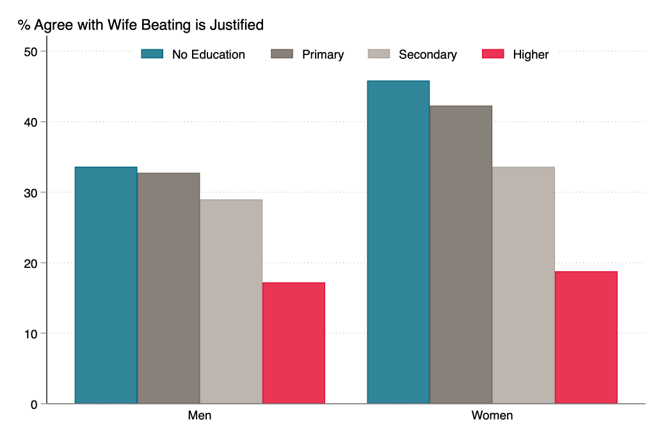
Source: authors’ analysis of DHS data
Finally, we need to get girls into school for longer. A simple correlation across 71 countries in the DHS data shows that both women and men with more schooling are less likely to think that a husband is ever justified in beating his wife (figure 6). There is also causal evidence. A girls’ scholarship program in Kenya reduced young women’s acceptance of the right of men to beat their wives and children. Compulsory schooling laws that caused an increase in schooling for some women led to less experience of domestic violence in Peru, and to women being less tolerant of violence in Sierra Leone.
Tackling the learning crisis is crucial, as is closing the education gap between girls and boys. But our efforts to get more girls in school and learning more will be worth little if we can’t ensure that they have a safe place to learn.
Thanks to Ana Minardi and Jack Rossiter for their comments on this blog post.
Disclaimer
CGD blog posts reflect the views of the authors, drawing on prior research and experience in their areas of expertise. CGD is a nonpartisan, independent organization and does not take institutional positions.


